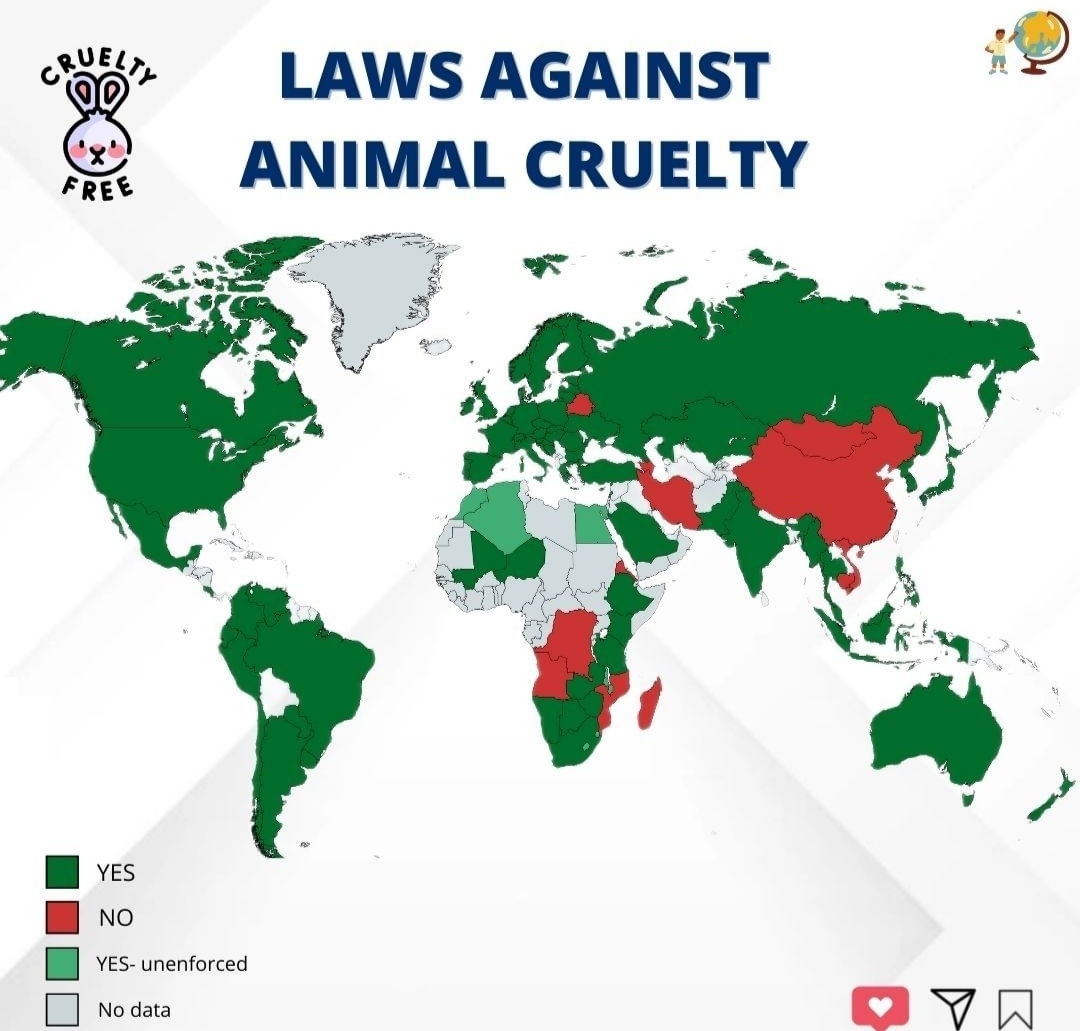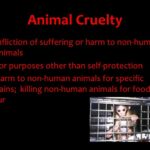In a world increasingly attuned to justice and empathy, the stark reality remains that in certain corners of our globe, animal cruelty persists as a tolerated norm. Why is this phenomenon observed? To unravel this complexity, one must first recognize that societal values and legal frameworks significantly dictate our ethical compass regarding the treatment of animals. Understanding why animal cruelty is still considered ‘fine’ in some countries requires an examination of historical context, cultural significance, economic influences, and insufficient legal repercussions.
To begin with, historical context plays a pivotal role. Many countries operate under entrenched traditions that have long viewed animals through a utilitarian lens. For instance, in places where animal husbandry is central to the livelihoods of communities, the relationship between humans and animals can be one of economic dependency rather than companionship. In these scenarios, animals are often deemed resources, leading to practices that may inflict harm without societal condemnation. Herein lies a metaphor: the animal as a cog in the wheel of agriculture—merely functional, devoid of rights or respect.
Cultural significance profoundly influences attitudes towards animals as well. In various societies, certain species hold symbiotic relationships with humans—symbols of survival, strength, or status—which can obscure the ethical considerations of animal welfare. Ritualistic practices, where animals are integral to traditions and festivities, often sidestep humane treatment. In these contexts, animals transform into vessels for heritage preservation, causing a cognitive dissonance that allows cruelty to persist unchallenged.
The economic aspects of animal utilization further complicate this narrative. Agriculture and industries reliant on animal labor or products often prioritize profit margins over ethical considerations. Countries where economic stability hinges on livestock farming or fishing may enact laws that prioritize economic output over animal welfare. For example, factory farming practices in various regions exemplify a blatant disregard for humane treatment, as the quest for efficiency overshadows any moral obligation to the animals involved. Consider this image: a densely packed barn—an efficient machine grinding forward while the individual beings inside remain unseen and unheard.
Legal repercussions for animal cruelty do exist, yet they are often fraught with flaws. In jurisdictions where laws are present, they may be poorly enforced due to a lack of resources or will. In many cases, existing legislation exhibits insufficient severity in punishment, leading to a lack of deterrent for would-be offenders. Furthermore, vague definitions of what constitutes ‘cruelty’ can create loopholes that allow abhorrent practices to continue under the guise of legality. As such, the laws intended to protect animals resemble tattered nets, failing to capture the cruelty that we find abhorrent.
The interplay between education and awareness also cannot be overlooked. In societies where knowledge about animal rights and welfare is scant, there exists a detrimental ignorance that perpetuates cycles of cruelty. Educational outreach about compassion and empathy toward animals is essential in altering perceptions of what is acceptable. Without enlightenment, practices continue, seemingly sanctioned by silence. This lack of awareness contributes to an insidious normalization of animal abuse, further entrenching it into the social fabric.
Moreover, the global disparity in human rights and animal rights often correlate, presenting a paradox: in regions grappling with systemic human rights violations, animals frequently suffer as a result. When the fundamental rights of individuals are undermined, the rights of animals are often deprioritized. Society’s overlook on animal welfare can, therefore, be viewed as a reflection of broader societal values. The animal emerges as a silent victim, an innocuous representative of a larger crisis of compassion.
Activism plays an essential role in challenging these longstanding attitudes and practices. Grassroots movements and international organizations strive to shine light upon the dark areas where animal cruelty thrives. These efforts endeavor to transform the widely held perception of animals as mere commodities into a more humane understanding of their intrinsic value. The modern era has witnessed a rise in alternative movements: veganism, mild activism, and advocacy for humane laws signify a shifting paradigm, yet their efficacy remains contested in regions steeped in tradition.
Legislative reform is equally essential. Advocates for animal rights argue for tougher laws, better enforcement, and public accountability mechanisms to deter cruelty. Such reforms require commitment and collaboration among governments, NGOs, and the community. Despite obstacles, the potential for a seismic shift in the legal landscape concerning animal welfare is conceivable with sustained effort.
Ultimately, the persistence of animal cruelty in certain societies may appear inexplicable through a contemporary lens. Yet, as we glean insights from cultural histories, economic drives, and education deficits, the layers of justification for these practices become more discernible. The path toward the eradication of animal cruelty is not only about creating laws; it involves dismantling deep-seated attitudes that permit such acts to occur in the shadows. By illuminating these injustices and reinforcing the value of empathy, society can begin to view animals not merely as entities to be used, but as sentient beings deserving of respect and dignity.







